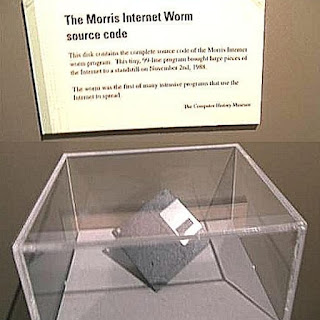Artificial Intelligence (AI) has transformed the world of technology, enabling systems to learn, adapt, and make decisions without explicit programming. From autonomous vehicles to medical diagnostics and flight control systems, AI promises unprecedented efficiency and capability. However, when it comes to safety-critical systems—where failure could result in injury, loss of life, or significant damage—the use of AI introduces profound challenges that go far beyond traditional software engineering. Unlike conventional software, which behaves predictably according to its programmed logic, AI is built on learning and training. Its decisions and outputs depend heavily on the data it has been trained on and the patterns it recognizes during runtime. This adaptive, data-driven behavior means that an AI system’s responses may vary with changing inputs or environments, often in ways that are not explicitly defined or foreseen by developers. While this flexibility is a strength in many applica...
1. Morris Worm
In 1988, Robert Tappan Morris, Cornell University student, launched 99 lines of code in his quest to find out how big is the internet. While his intentions were not malicious, there were bugs in his code that caused infected hosts to encounter plenty of stability problems that made these systems unusable. The result was increased load averages on over 6,000 UNIX machines across the country which caused between $10,000,000 and $100,000,000 of damage.
2. Love Bug Worm
You may have gotten an email in 2000 with the subject line "ILOVEYOU." If you deleted it, you were safe from one of the most costly worms in computer history. The attachment in that email, a file called LOVE-LETTER-FOR-YOU.TXT.vbs, started a worm that spread like wildfire by accessing email addresses found in users' Outlook contact lists. Unsuspecting recipients, believing the email to be benign, would execute the document only to have most of their files overwritten.
The net result was an estimated $5.5 billion to $8.7 billion in damages. Ten percent of all Internet-connected computers were hit.
Onel A. de Guzman, the creator of the virus and a resident of the Philippines, had all charges dropped against him for creating the worm because there were no laws at the time prohibiting the creation of computer worms. Since then, the government of the Philippines has laid out penalties for cybercrime that include imprisonment for 6 months to 3 years and a fine of at least 100,000 pesos (USD $2000).
3. Nimda Worm
In the fall of 2001, Nimda ("admin" spelled backwards) infected a variety of Microsoft machines rapidly through an email exploit. Nimda spread by finding email addresses in .html files located in the user's web cache folder and by looking at the user's email contacts as retrieved by the MAPI service. The consequences were heavy: all web related files were appended with JavaScript that allowed further propagation of the worm, users' drives were shared without their consent, and "Guest" user accounts with Administrator privileges were created and enabled. A market research firm estimated that Nimda caused $530 million in damages after only one week of propagation.
4. Code Red Worm
Code Red was released in July of 2001. The worm took advantage of a buffer overflow vulnerability in Microsoft IIS servers and would self-replicate by exploiting the same vulnerability in other Microsoft IIS machines. Web servers infected by the Code Red worm would display the following message:
"HELLO! Welcome to http://www.worm.com! Hacked By Chinese!"
After 20 to 27 days, infected machines would attempt to launch a denial of service on many IP addresses, including the IP address of www.whitehouse.gov. Code Red and its successor, Code Red II, are known as two of the most expensive worms in Internet history, with damages estimated at $2 billion and at a rate of $200 million in damages per day.
5. Melissa Worm
In 1999, hungry and curious minds downloaded a file called List.DOC in the alt.sex Usenet discussion group, assuming that they were getting free access to over 80 pornographic websites. Little did they know that the file within was responsible for mass-mailing thousands of recipients and shutting down nearly the entire Internet.
Melissa spread through Microsoft Word 97 and Word 2000, mass emailing the first 50 entries from a user's address book in Outlook 97/98 when the document was opened. The Melissa worm randomly inserted quotes from The Simpsons TV show into documents on the host computer and deleted critical Windows files.
The Melissa worm caused $1 billion in damages. Melissa's creator, a David Smith from New Jersey, named the worm after a lap dancer he met while vacationing in Florida. Smith was imprisoned for 20 months and fined $5,000.






Comments
Post a Comment